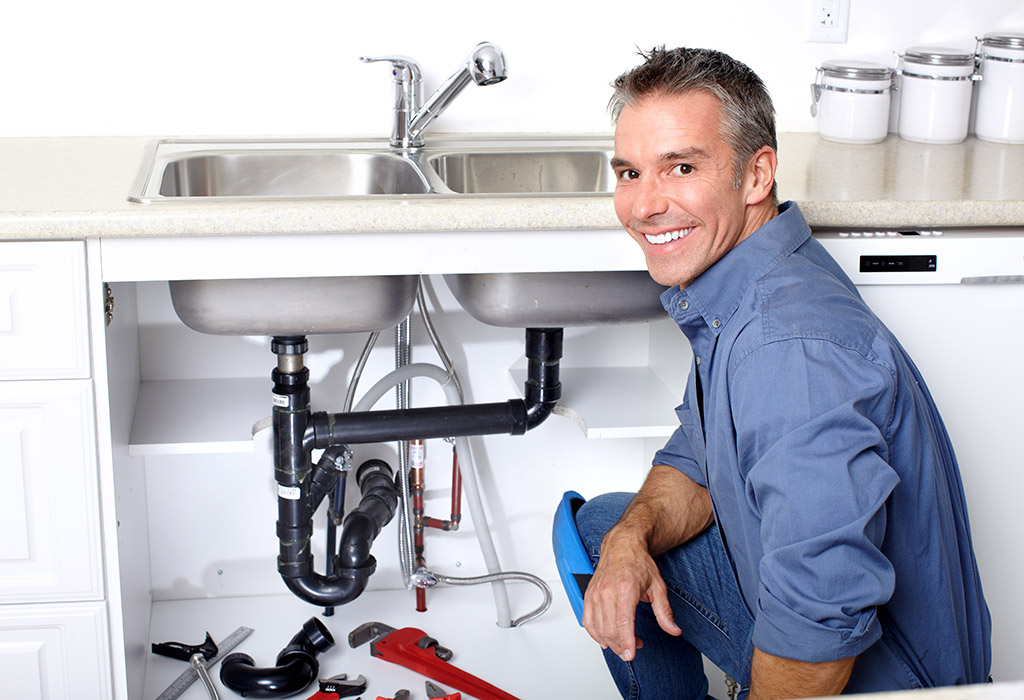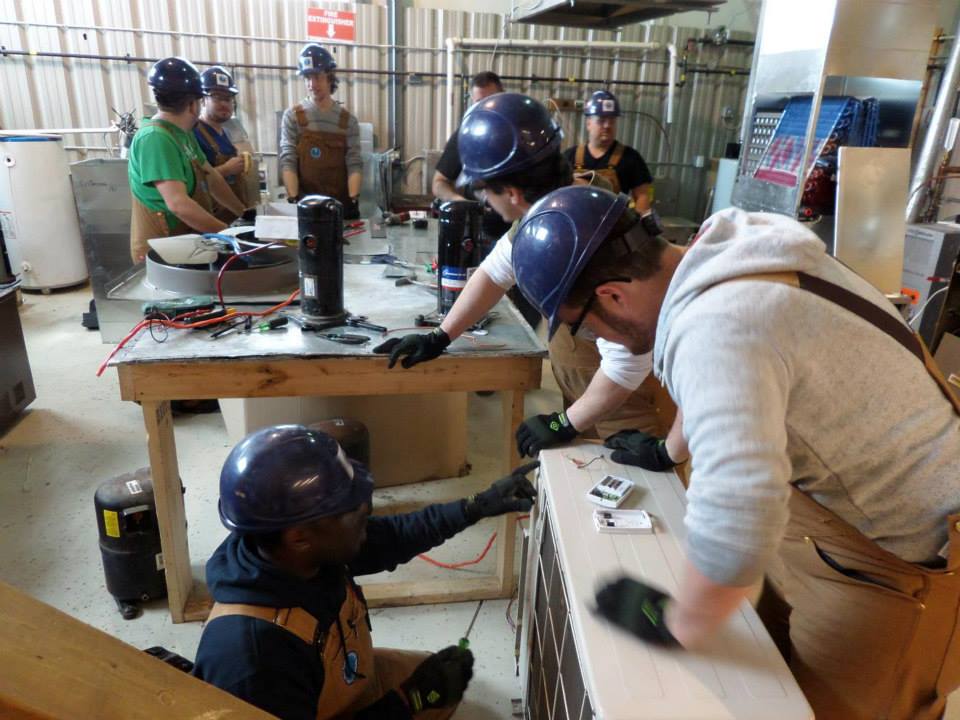Reputable Plumber Alabaster AL for All Your Emergency situation Requirements
Reputable Plumber Alabaster AL for All Your Emergency situation Requirements
Blog Article
A Step-by-Step Guide to Effective Hot Water Heater Setup for Optimal Efficiency
Getting started on the job of installing a hot water heater is an endeavor that requires precision and a systematic strategy for accomplishing optimal efficiency. The process starts with the important choice of choosing the appropriate heater customized to the specific demands of your home, taking into consideration factors such as energy, dimension, and type source. When chosen, preparing the installment location to satisfy security requirements is vital. The journey does not end here. As you continue, the details of linking water supply lines and establishing trusted electrical or gas links await, encouraging insights right into ensuring efficiency and integrity.
Choosing the Right Water Heating Unit

Next, consider the size and capability of the water heater. It's crucial to examine your household's warm water needs, which can vary based upon the number of owners and their usage patterns. A device that's as well small may lead to inadequate hot water, while an extra-large model might lead to unneeded power consumption.
Performance ratings additionally play an essential duty in selection. Try to find water heating systems with high Power Element (EF) rankings, suggesting exceptional performance and decreased energy usage. Tankless designs, though usually a lot more costly upfront, offer considerable energy savings with time as a result of their on-demand heating abilities.
Preparing the Setup Area
Prior to mounting a new water heating unit, precise preparation of the setup location is necessary. It's important to determine the area thoroughly to accommodate the water heater's dimensions, guaranteeing adequate clearance around the unit for effective operation and servicing.
Next, eliminate any debris, dust, or blockages from the website to develop a tidy atmosphere. Examine the flooring for security, as the water heating unit will certainly require a solid, degree surface to operate properly. If essential, set up a drip pan under the unit to capture prospective leaks or spills, avoiding water damages to the surrounding area. In regions prone to seismic activity, take into consideration installing seismic bands to safeguard the heater strongly in place.
Additionally, guarantee that all essential devices and materials get on hand before commencing the installation. This includes items such as wrenches, screwdrivers, a degree, and any type of added equipment needed for placing and protecting the heater. A well-prepared installment location establishes the foundation for an effective hot water heater arrangement, optimizing efficiency and safety.
Connecting Water System Lines
When attaching supply of water lines to your newly installed water heating unit, it is essential to ensure that all links are safe and leak-free to maintain reliable operation and prevent water damage. Begin by recognizing the hot and cool supply of water lines. more tips here The cool water inlet is generally marked with a blue tag or a "C", while the warm water outlet is noted with a red label or an "H".
Usage flexible water heater ports to assist in a simpler installation procedure. Prior to affixing the connectors, put a plumbing professional's tape around the threaded ends of the water heating unit's inlet and electrical outlet pipes.
As soon as connections remain in location, gradually activate the main water system shutoff. Evaluate each link for leakages by aesthetically inspecting and feeling for wetness. Tighten up links as essential, and guarantee the pressure safety valve is properly set up, securing versus too much stress build-up.
Establishing Up Electric or Gas Connections
Correctly setting up the electric or gas links for your water heater is a vital step to guarantee secure and reliable operation. For electric water heating units, start by verifying that the electrical circuit is compatible with the heating unit's voltage and browse around this web-site amperage requirements. Make certain the power supply is shut off at the breaker to avoid accidents. Link the electrical cords to the heater adhering to the producer's circuitry diagram. Typically, this entails linking the ground cord to the eco-friendly terminal, and the continuing to be cords to their matching terminals, securing each with wire nuts.
For gas water heating units, security is vital. Link the gas line to the water heating system using a versatile gas port, ensuring it is effectively threaded and sealed with pipeline joint substance or Teflon tape suitable for gas links.
Once connections are made, check for any type of prospective leaks. For gas lines, apply a soapy water service to the joints; bubbles show a leak. For electrical links, confirm that all electrical wiring is protected and properly insulated, preserving conformity with local electric codes.
Examining and Changing for Efficiency
With the electric and gas connections safely in location, the following step is evaluating the functional effectiveness of your hot water heater. Begin by carefully activating the water and making sure there are no leaks at any one of the valves or joints. When confirmed, proceed to fill up the storage tank, paying interest to the pressure and temperature settings. It is recommended to set the thermostat to a recommended temperature of around 120 ° F(49 ° C) to balance power effectiveness and comfort.
Next, execute a complete evaluation to make certain the heating components or gas heaters are operating correctly. For electric heating systems, utilize a multimeter to confirm if the elements are drawing the proper present. In gas models, observe the heater flame; it should be constant and blue, indicating reliable combustion.
Adjust the settings as essential to eliminate ineffectiveness. Think about executing insulation procedures, such as adding a hot water heater blanket, to better improve efficiency by lessening heat loss. In addition, examine the anode pole's condition, as a shabby rod can reduce effectiveness and bring about container deterioration.
Conclusion
Efficient water heating system setup is important for ensuring optimum performance and power savings. Firmly attaching water supply lines and very carefully establishing up electrical or gas links lessen prospective problems.

Properly setting up the electrical or gas links for your water heating system is an essential step to guarantee reliable and secure operation. For electric water heating systems, begin by verifying that the electrical circuit is suitable with the heating unit's voltage and amperage demands. Attach the gas line to the water heating system utilizing a flexible gas adapter, ensuring it is effectively threaded and secured with pipeline joint compound or Teflon tape suitable for gas links.
Report this page